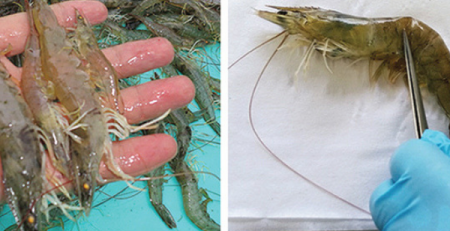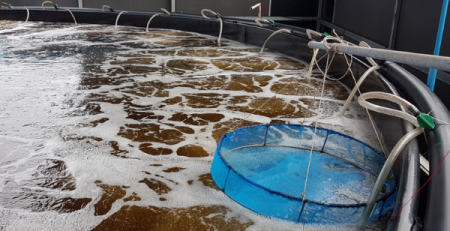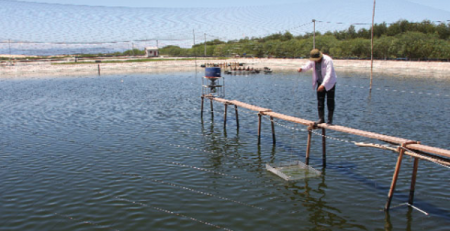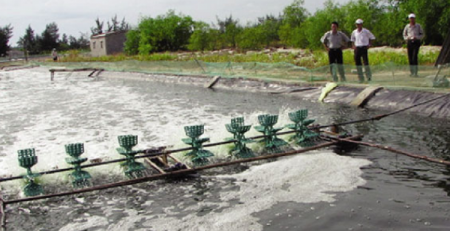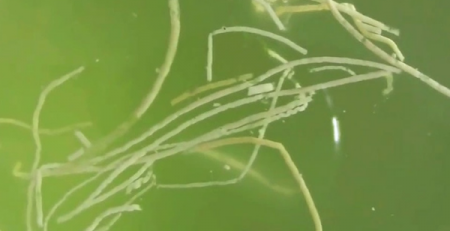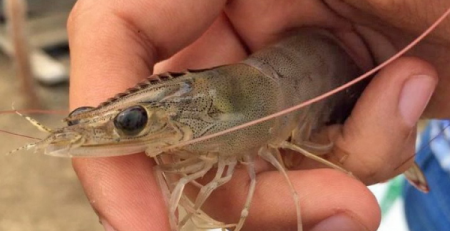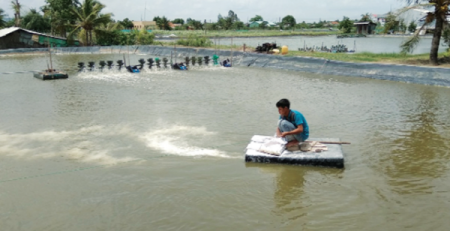Solution to help shrimp shed
To help shrimp shed uniformly, fast hard shell to help shrimp increase weight as well as size, farmers need to ensure attention to nutrients, environment, oxygen dissolved well as disease control.

Mollusks help shrimps grow, increase weight and size
How does shrimp shed?
For crustaceans such as shrimps, shedding is repeated throughout their life, shedding significantly enhances the growth of shrimps and their size. The shedding time varies with each growth stage of the shrimps, when the shrimps are small. The cycles occur several times at short intervals, when the shrimps grow longer between shifts.
Moulting process: The old crust between the thorax and the abdominal cavity has split, the anterior part of the chest is pulled first, then the abdomen and lateral parts, the shrimp are removed from the old shell by bending all body, for the healthy shrimp, the process of molting very quickly only need 5 – 7 minutes. The new shell will harden after 1 to 2 days for mature shrimp and 1 to 2 hours for small shrimp.
Signs and forecasts
Shrimp will not be mass-produced at the same time. They tend to evolve through periods of high tide or full moon. If the pH in the pond is high (above 8.3), the shrimp will wait until the pH is lowered to 8.3, which begins to moult and usually occurs at night.
After shedding shrimp uniformly, the farmer will see peeling peel and long streaks of foam or bubbles. The new shell looks clean, clear and thin. However, due to the shortage of minerals in the water due to the amount of minerals used by shrimp for shelling overnight, it is likely that algae will fall 2-3 days after milling. It is very important for the farmer to know the exact time of the shed and prepare for it.
By the day of the mating prediction, the amount of food will be reduced by 10 – 30%. Once it is anticipated, the farmer must provide adequate, continuous aeration and preparation of some important minerals to create ready-to-use mineral resources for the needs of shrimp during moulting. If the pH is higher than 8.3, the farmer should wait until the pH drops to remove it. But if the pH in the pond is always low, the farmer will need to mix the mineral in the tank next to the pond and slowly add it through the pipe in front of the fan during the day. At times, undergoing molting, it may be possible for the alkalinity to decrease as ions have been used to form new coatings. In such cases, it is necessary to adjust the alkalinity level to about 100-120 ppm by adding sodium bicarbonate.
Solution
Ensure that the dissolved oxygen in the pond is always around 4 – 6 mg / l throughout the culture process, if the shrimp show signs of molting, increase the fan water, aeration.
Adjusting and maintaining pH in the appropriate range of 7.5 – 8.5 is best.
When detecting shrimp infected with fungus, the seaweed should be intervened and adjusted in time to help shrimp recover and successfully shed.
Use feed by reputable feed suppliers, ensuring adequate nutrition for the shedding of shrimp.
Salinity: the salinity is related to the mineral content in the pond, the high salinity of large minerals help shrimp shed easily and fast hard shell. Poor ponds will make shrimp difficult to peel, soft shell.
In the process of raising regular supplement of essential microorganisms, minerals and vitamins to help shrimps grow and increase resistance for shrimp.
Thanh Hieu (General)
Contom.vn


